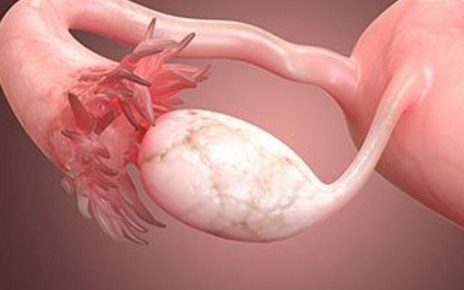
While more women are entering the field of academic medicine than ever before, they are less likely to be recognized as experts and leaders; they are less likely to receive prestigious awards, be promoted to full professorships, hold leadership roles, or author original research or commentaries in major journals. What’s more, articles published by women in high-impact medical journals also have fewer citations than those written by men, especially when women are primary and senior authors, according to new research from the Perelman School of Medicine and the Leonard Davis Institute of Health Economics at the University of Pennsylvania, published today in JAMA Network Open.
Researchers found that of the 5,554 articles published in 5 leading academic medical journals between 2015 and 2018, 35.6 percent had a female primary author, and 25.8 percent had a female senior author. During this period, the articles with women as primary author were referenced in other academic articles a median of 36 times, compared 54 citations of articles with male primary authors. The trend extended to articles with female senior authors, which were cited a median of 37 times, while articles by male counterparts received a median of 51 citations. Original articles with women as both primary and senior authors were cited the fewest times, with a median of 33 citations, whereas articles authored by men as both primary and senior author were cited the most, a median of 59 times.
“The number of times a peer-reviewed articles cited by other researchers is commonly used as a metric for academic recognition, influence, as well as in professional evaluations and promotions,” says lead author Paula Chatterjee, MD, MPH, an assistant professor of General Internal Medicine at Penn Medicine. “Female academics already face a number of barriers to career advancement, and the disparity in citations only broadens the gap between them and their male peers.”
Authors also note that some of the journals included in the study focus on the field of internal medicine, which typically has a higher proportion of women represented than other clinical specialties. As a result, the findings may actually underestimate differences in scholarly article citations between male and female authors.
Source: Read Full Article



